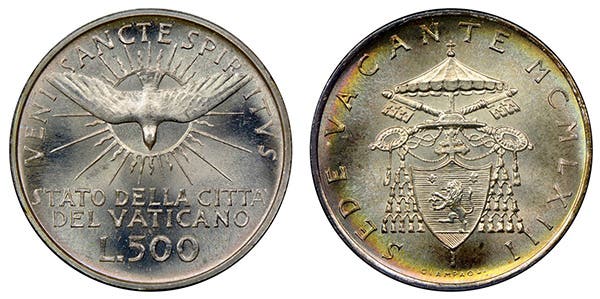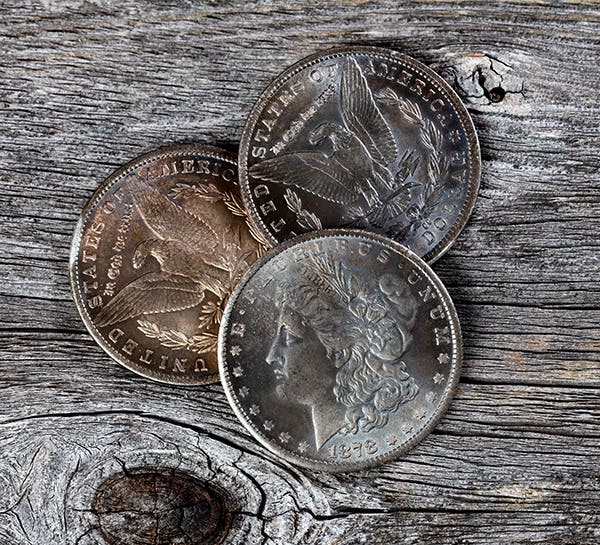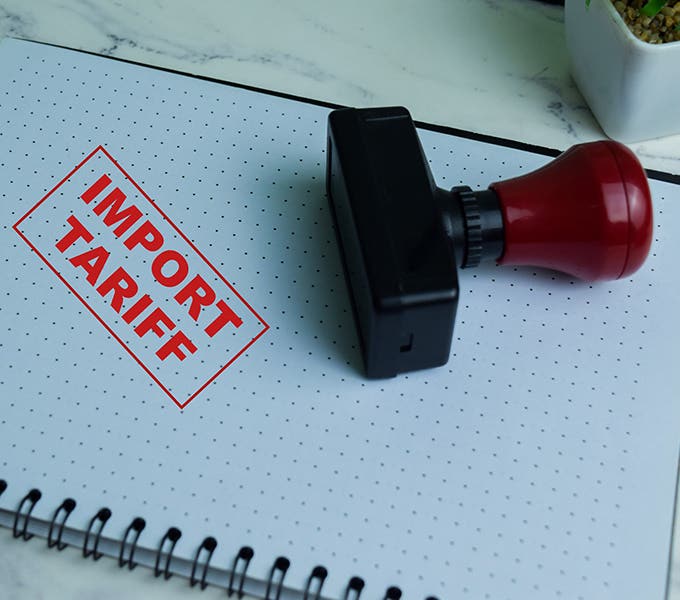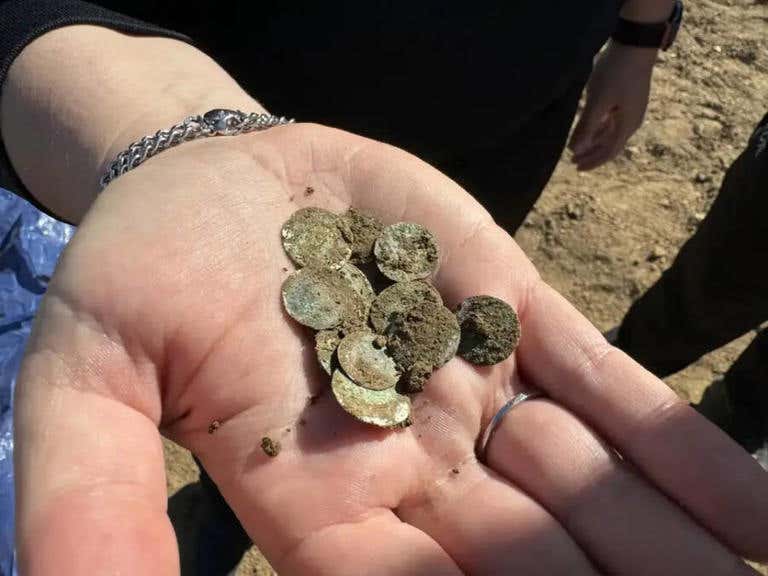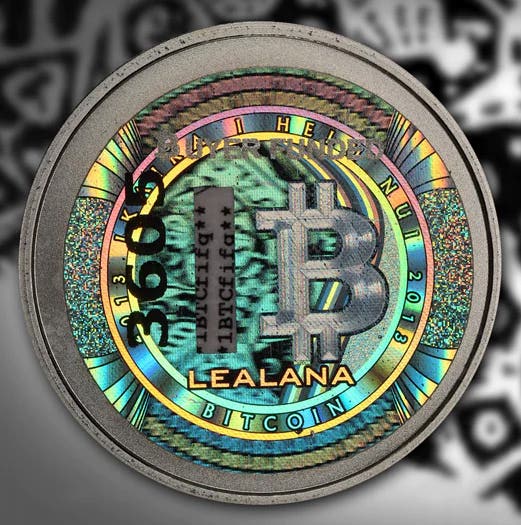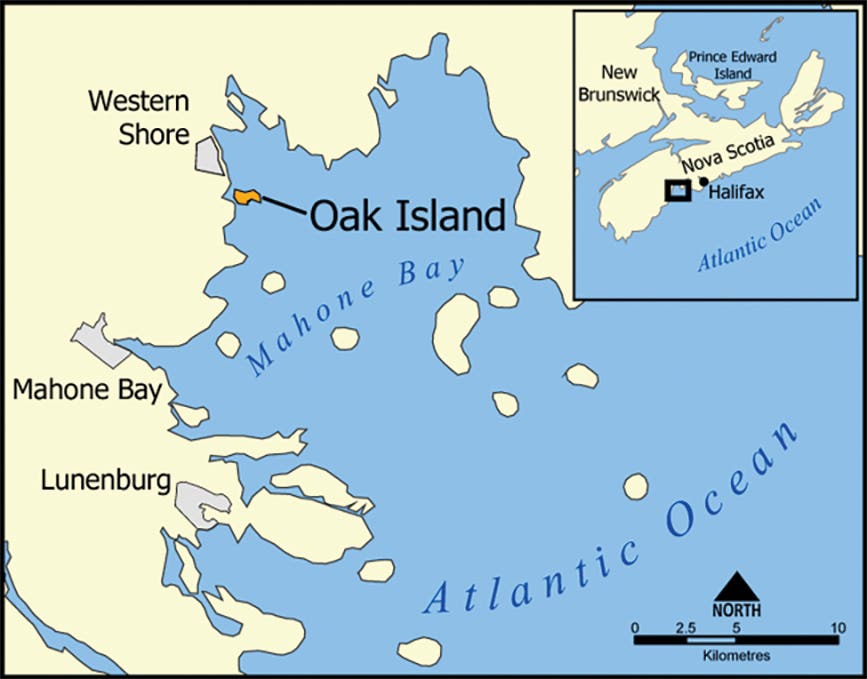‘Galvanizing’ named after Luigi Galvani
Is electroplating also known as galvanizing? Today galvanizing only applies to a plating in zinc, but the process and its name originate from its inventor Italian physician Luigi Galvani in…
Is electroplating also known as galvanizing?
Today galvanizing only applies to a plating in zinc, but the process and its name originate from its inventor Italian physician Luigi Galvani in 1780.
How can the proper thickness of an electroplated metal be ensured on the surface of a coin?
There are devices that can measure the thickness of an electroplated metal through the magnetic properties of that metal.
How will a 100-point grading system impact coins if such a system replaces our current 70-point system?
No one really knows what impact a change in grading systems will have – positive or negative. We do know it is more likely to impact Mint State and Proof rather than well-circulated coins. It is also more likely to impact non-circulating legal tender coins, both commemoratives and bullion issues. How to price such coins and if previously certified coins would need to be re-encapsulated have yet to be addressed.
Are all coins, regardless of their composition and denomination, subjected to the same washing and burnishing process when being minted?
Individual processes involving specific chemicals, the burnishing media, and the duration of the burnishing are used depending on the diameter of coin blanks and their metal composition, and the desired appearance of the finished product are employed when washing and burnishing coins during the minting process.
What type of materials are used during the burnishing part of the coin minting process?
The chemicals will vary depending on the metal to be burnished, but the materials with which these chemicals are mixed when the coins are ‘bathed’ are small pieces of metal made from stainless and acid-proof steel. The objective of this bath is to give the blanks a smooth surface onto which the coin images will be pressed.
What happens to the so-called webbing that is left over when a metal coil has been punched to make the blanks to be made into coins?
It is estimated about 75 percent of a coil is made into coin blanks. The remaining quarter of this coil is typically recycled to produce more coils for future use.
This article was originally printed in Numismatic News. >> Subscribe today.
If you like what you've read here, we invite you to visit our online bookstore to learn more about Standard Catalog of World Coins, 1901-2000.



